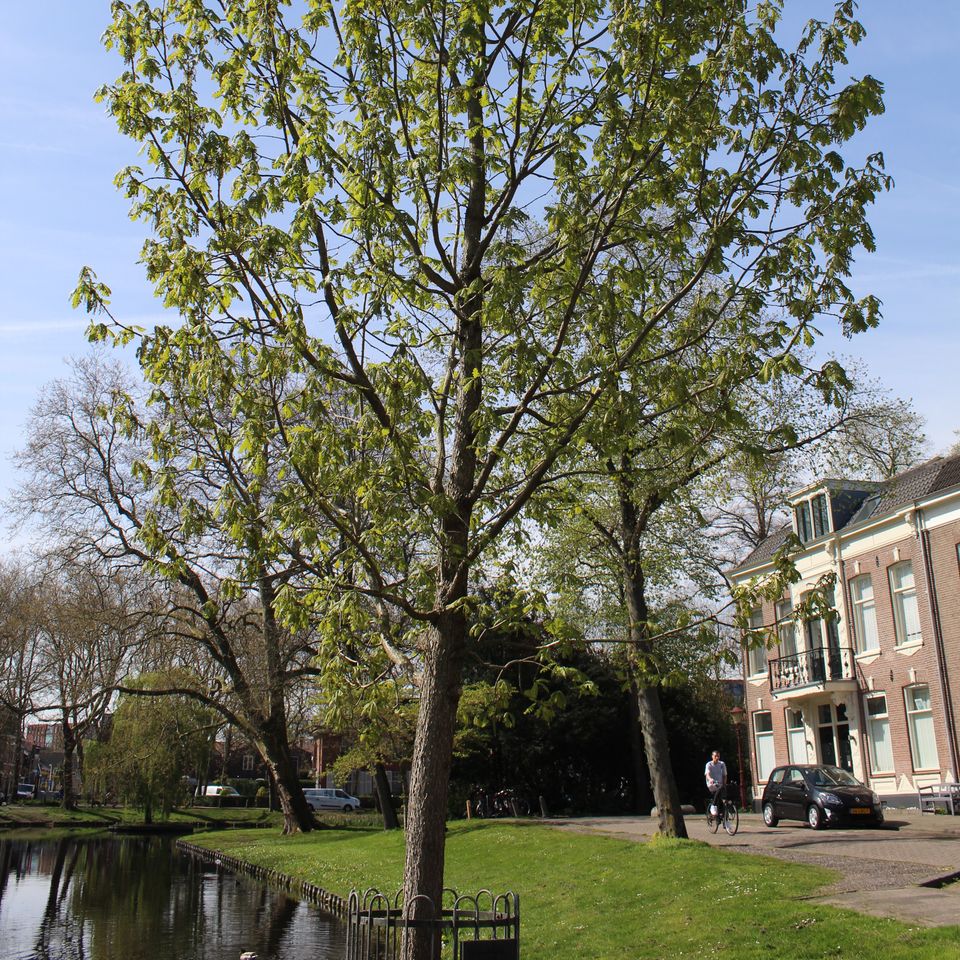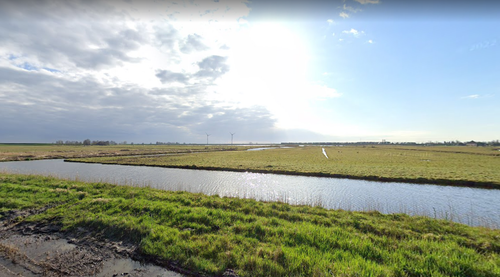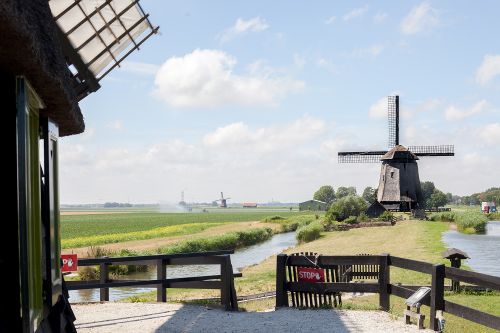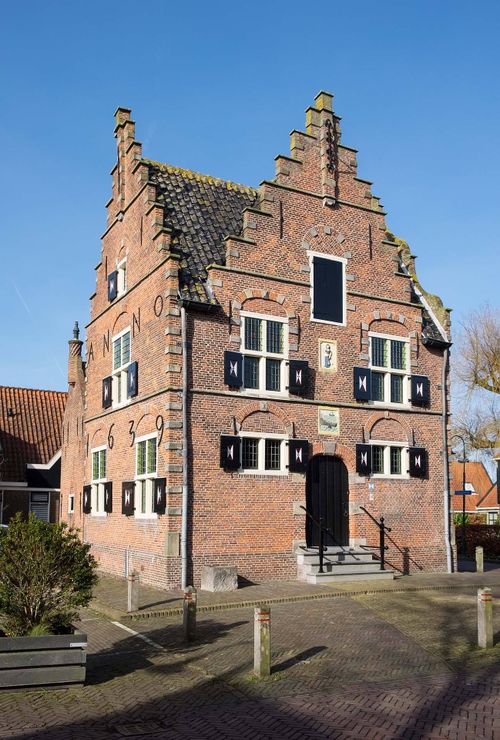
Hungarian Oak | Quercus frainetto
Unfortunately, the Hungarian oak that was planted here in honour of the 50,000th inhabitant of Purmerend, did not survive a major renovation of the square. But this younger specimen is just as beautiful.
This tree comes from the Balkans, you will find it mainly in Serbia, Bulgaria and Romania. The strange thing is that the tree hardly occurs in Hungary. It belongs to the cup bearer family, just like beech and birch.
This oak likes heavy, nutritious, slightly acidic soils that are wet in spring and bone dry in summer. It does not like a high water table and dislikes lime. The lime is the reason that the tree does not actually occur in Hungary.
This deciduous tree can grow up to 30 meters or more. Usually there is a nice continuous trunk. It is striking that the leaves are at the ends of the branches. This gives the tree an open crown.
The leaves are large an…
This tree comes from the Balkans, you will find it mainly in Serbia, Bulgaria and Romania. The strange thing is that the tree hardly occurs in Hungary. It belongs to the cup bearer family, just like beech and birch.
This oak likes heavy, nutritious, slightly acidic soils that are wet in spring and bone dry in summer. It does not like a high water table and dislikes lime. The lime is the reason that the tree does not actually occur in Hungary.
This deciduous tree can grow up to 30 meters or more. Usually there is a nice continuous trunk. It is striking that the leaves are at the ends of the branches. This gives the tree an open crown.
The leaves are large and glossy green and turn from yellow to brown in autumn. They sometimes remain on the tree until spring. The acorns are enclosed by the cupule for a third to half.









